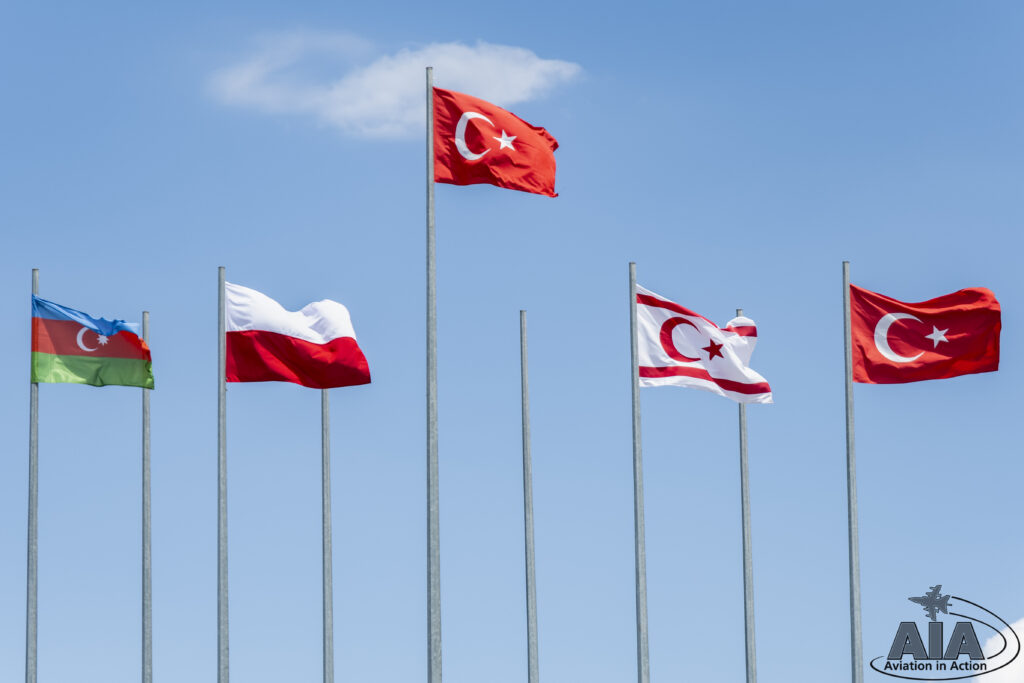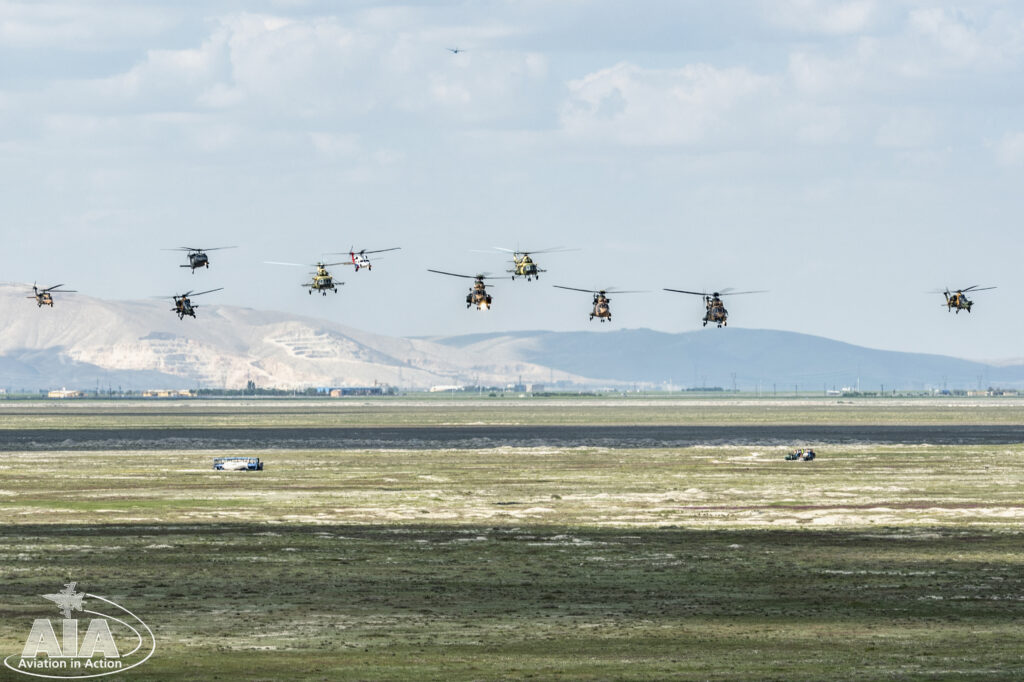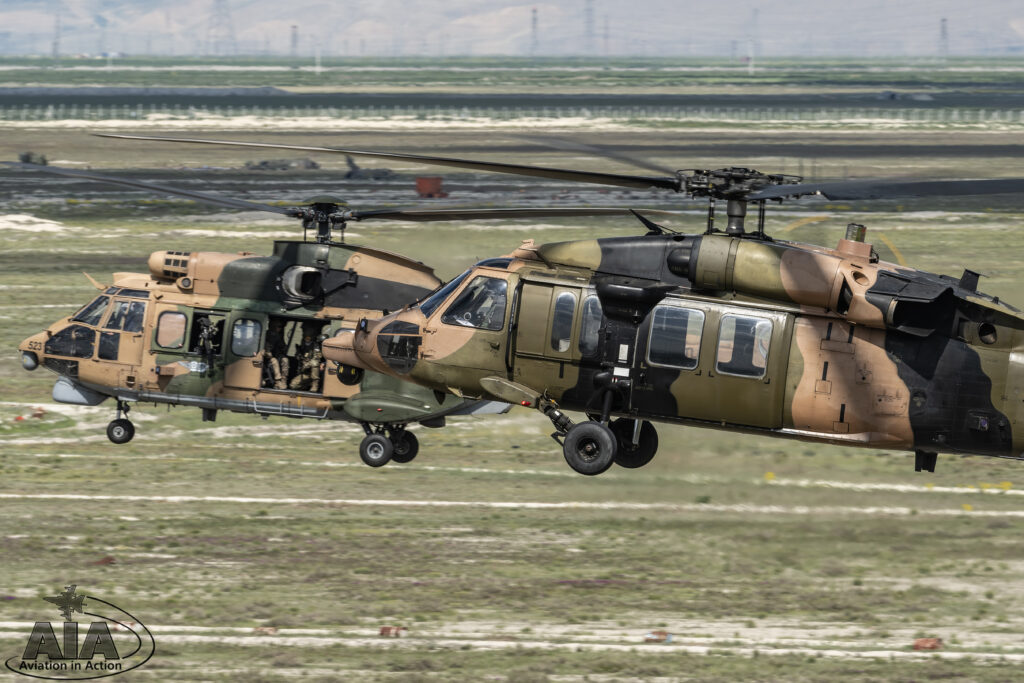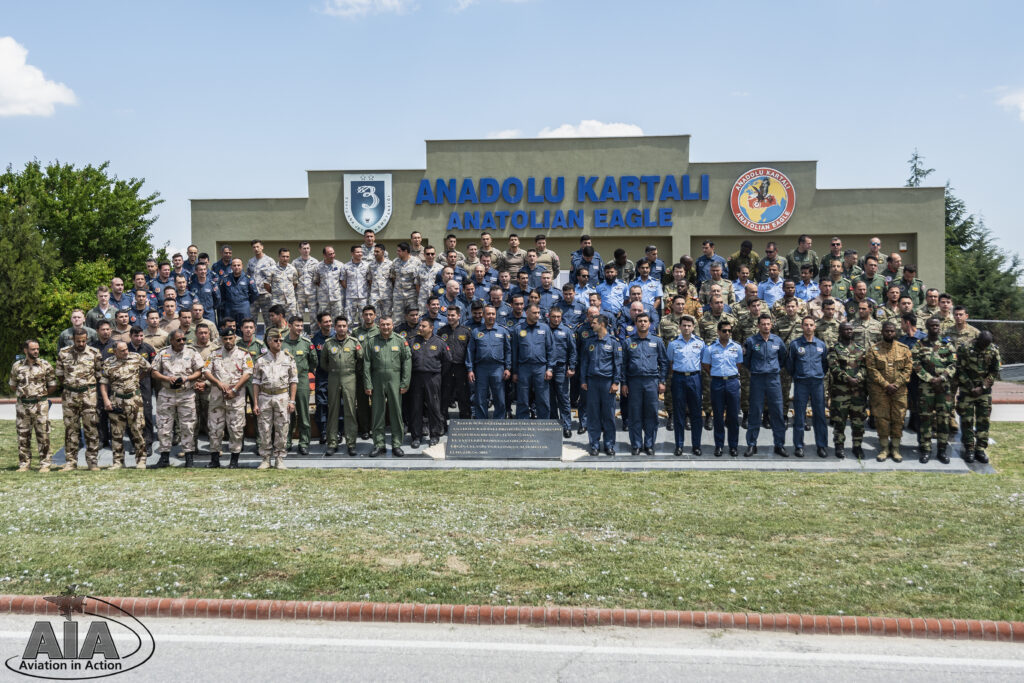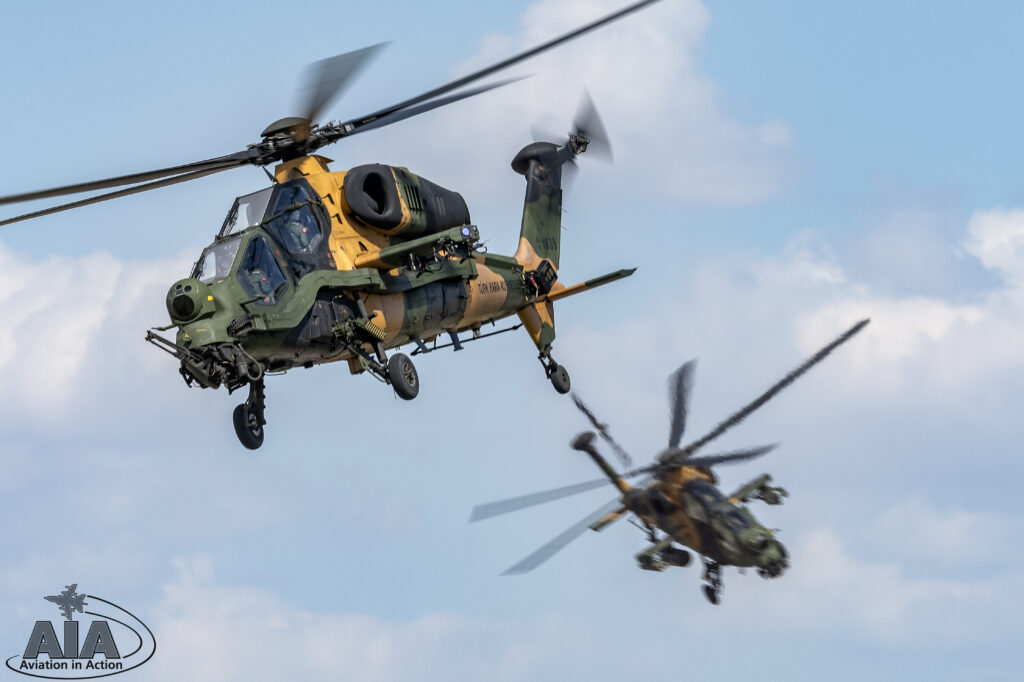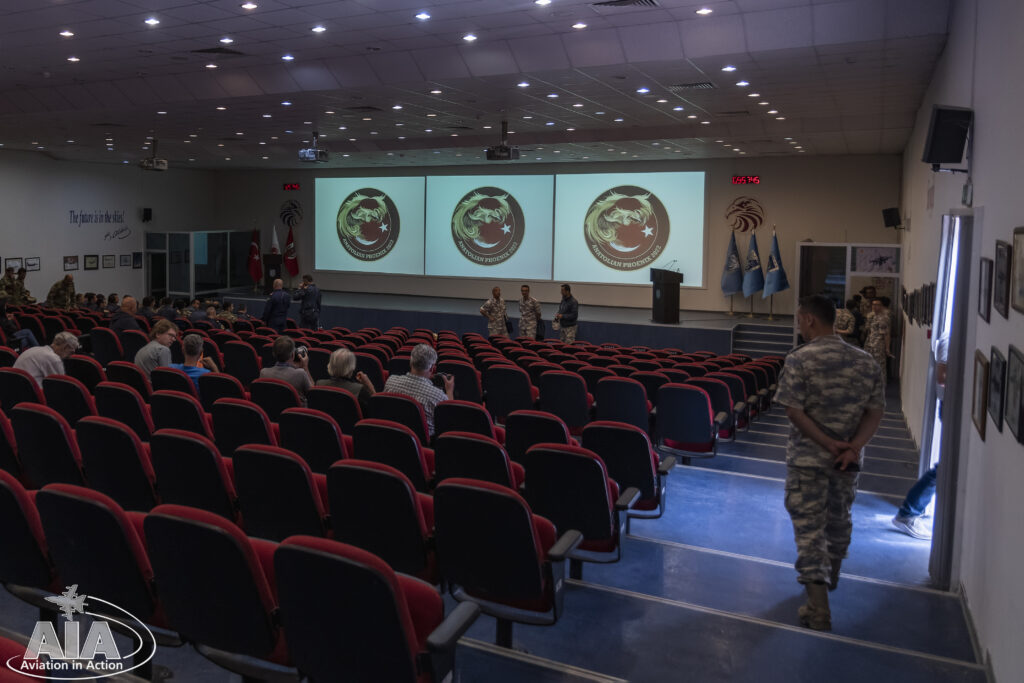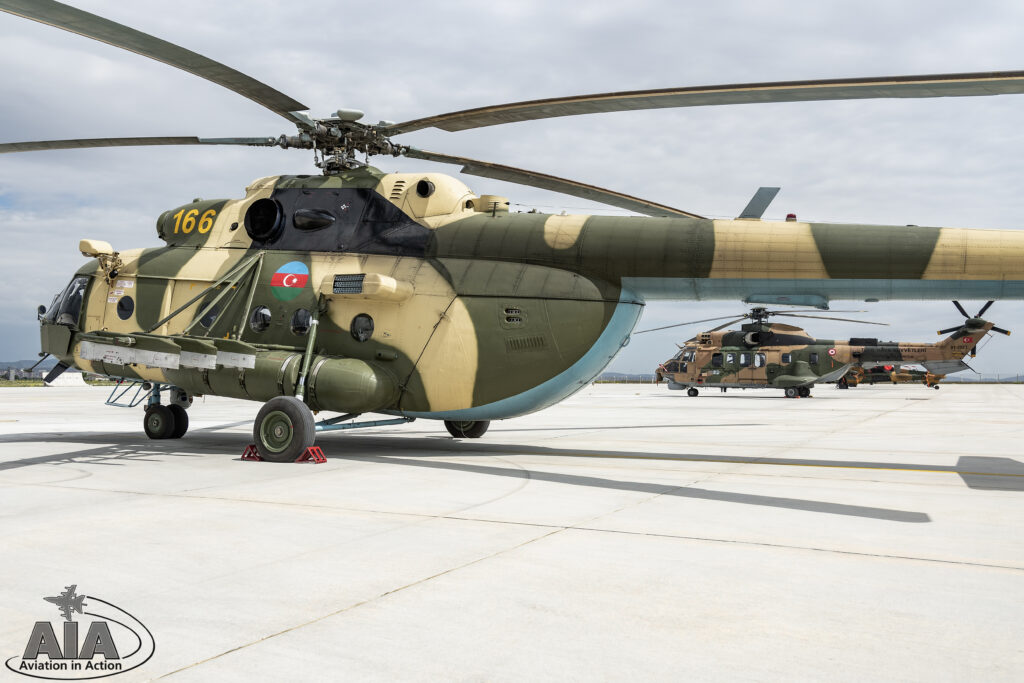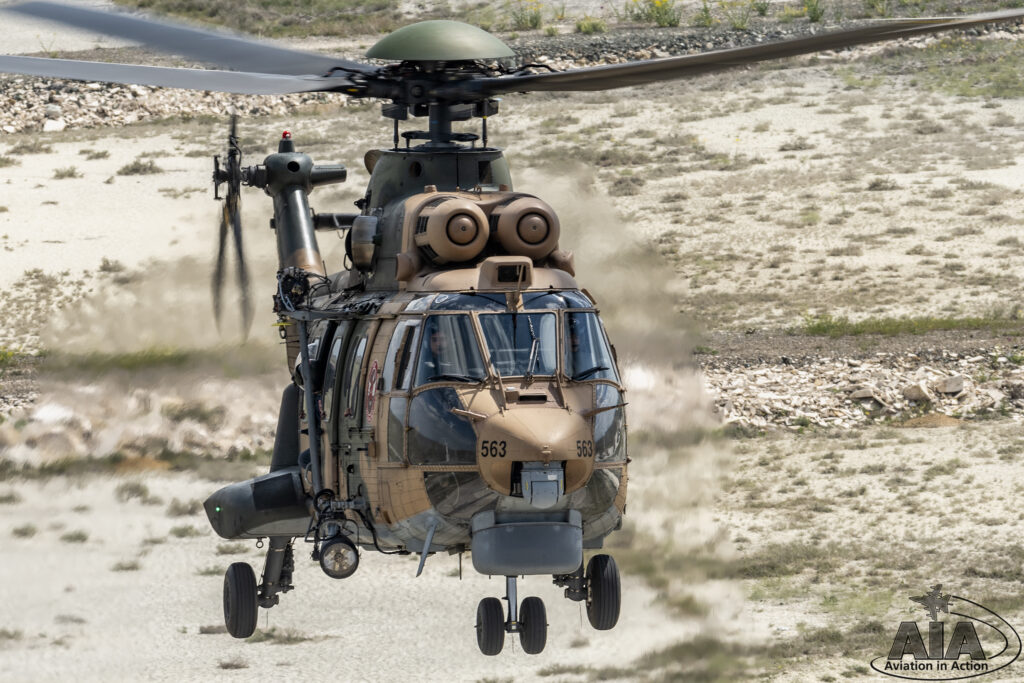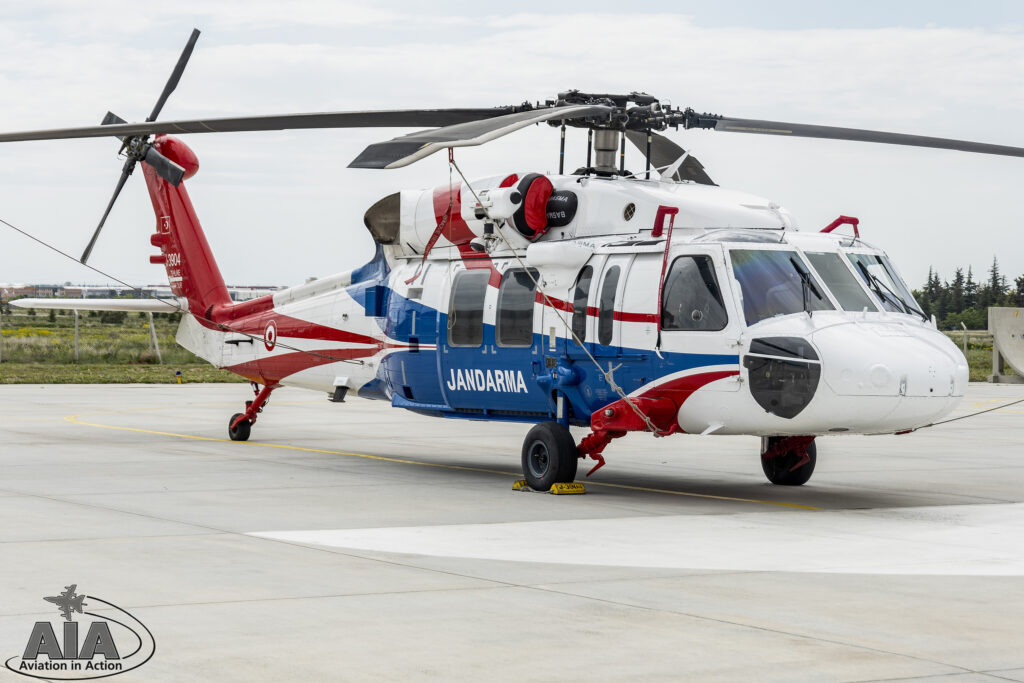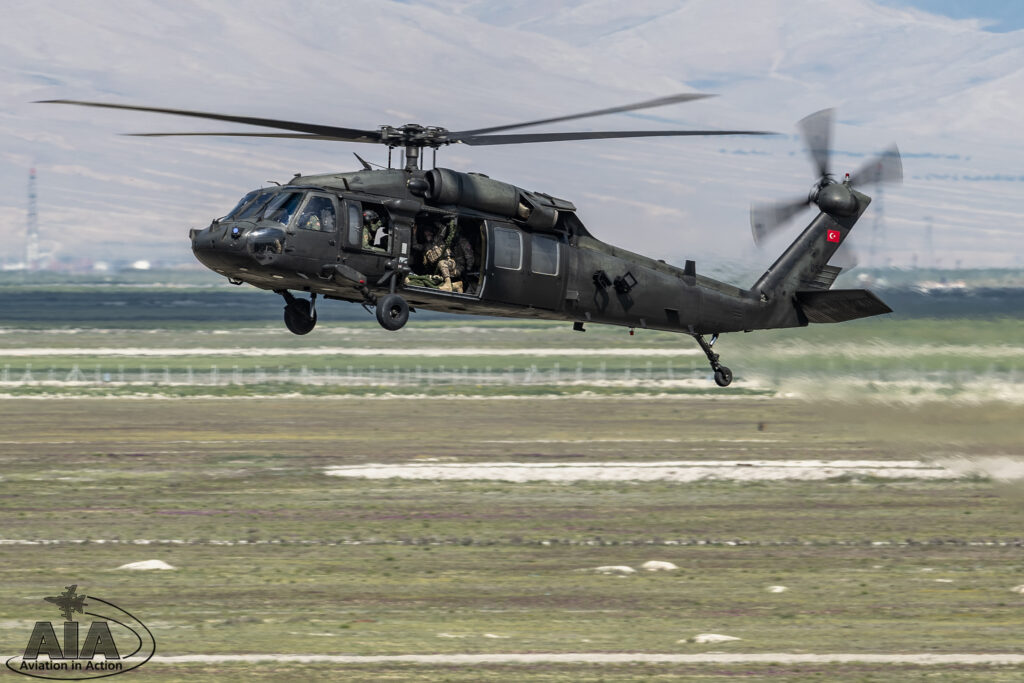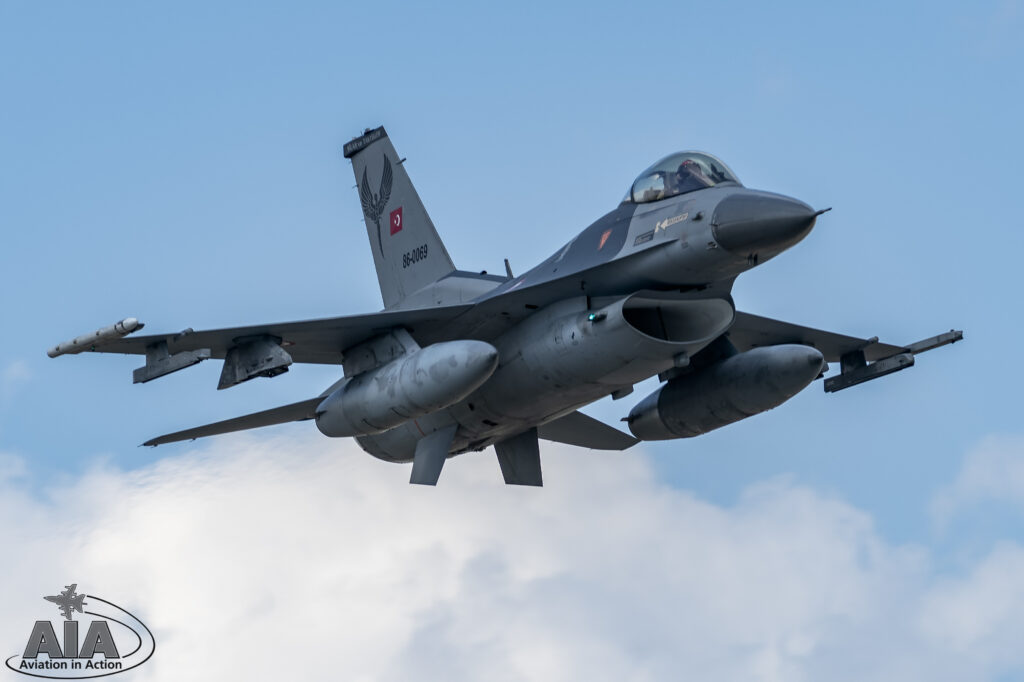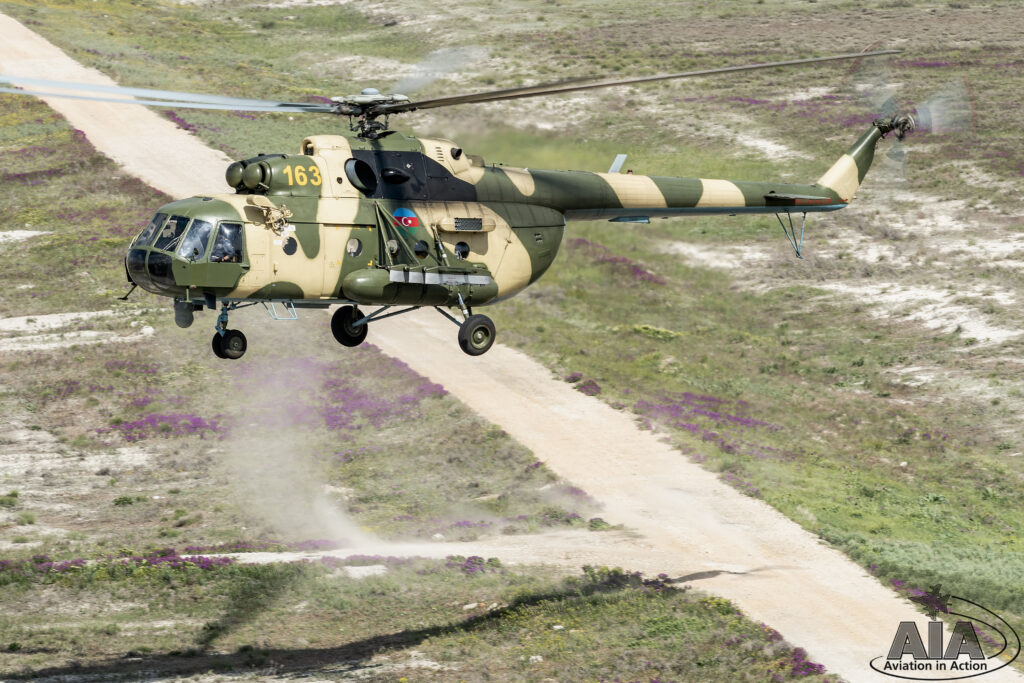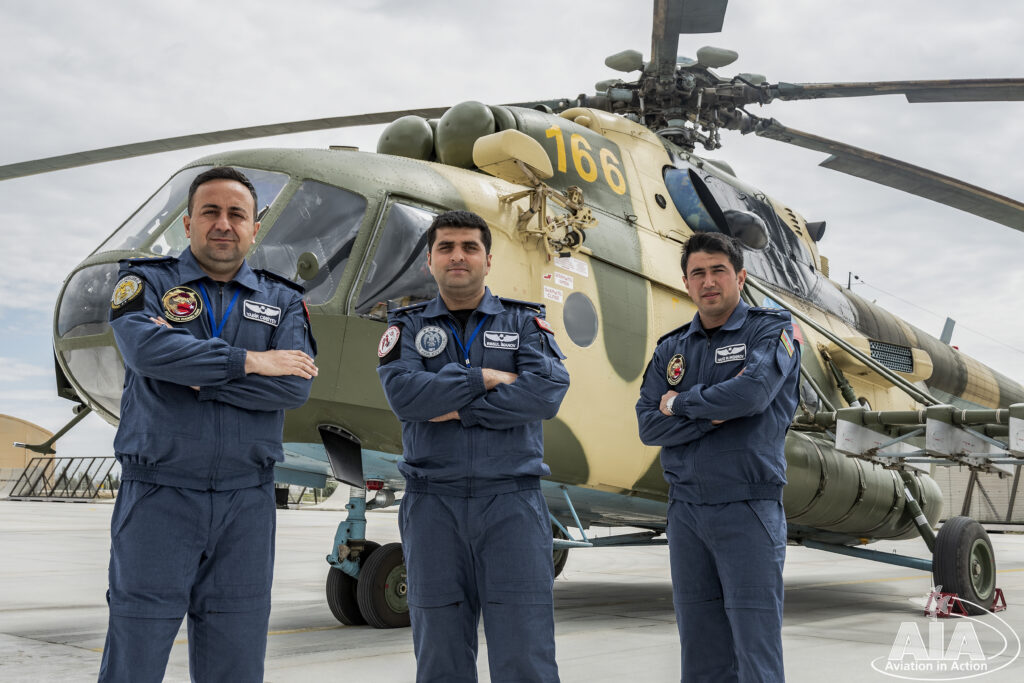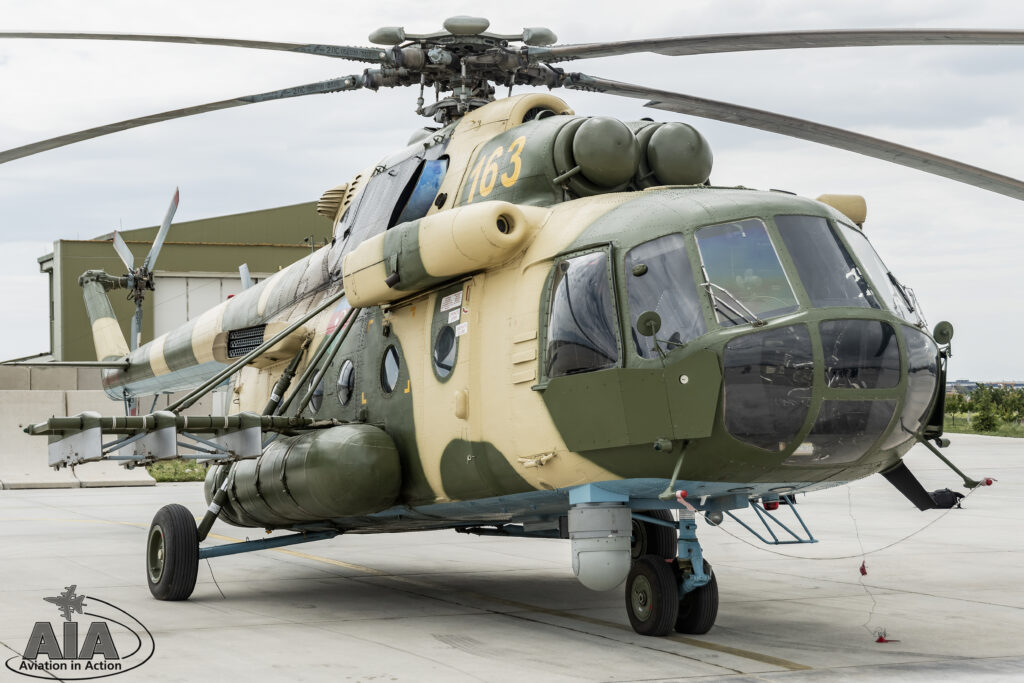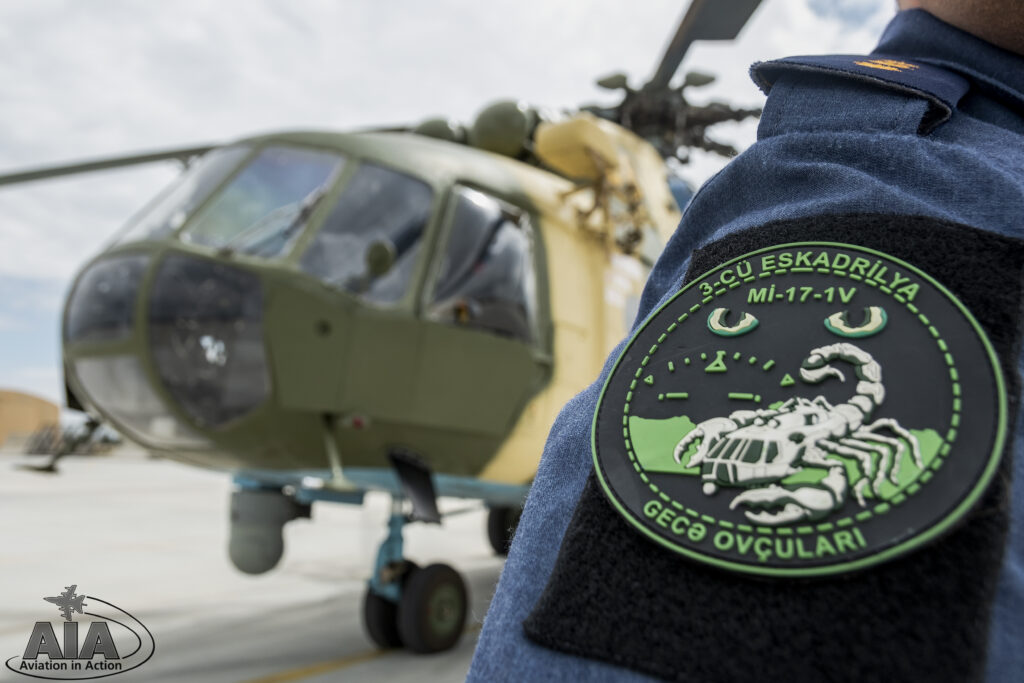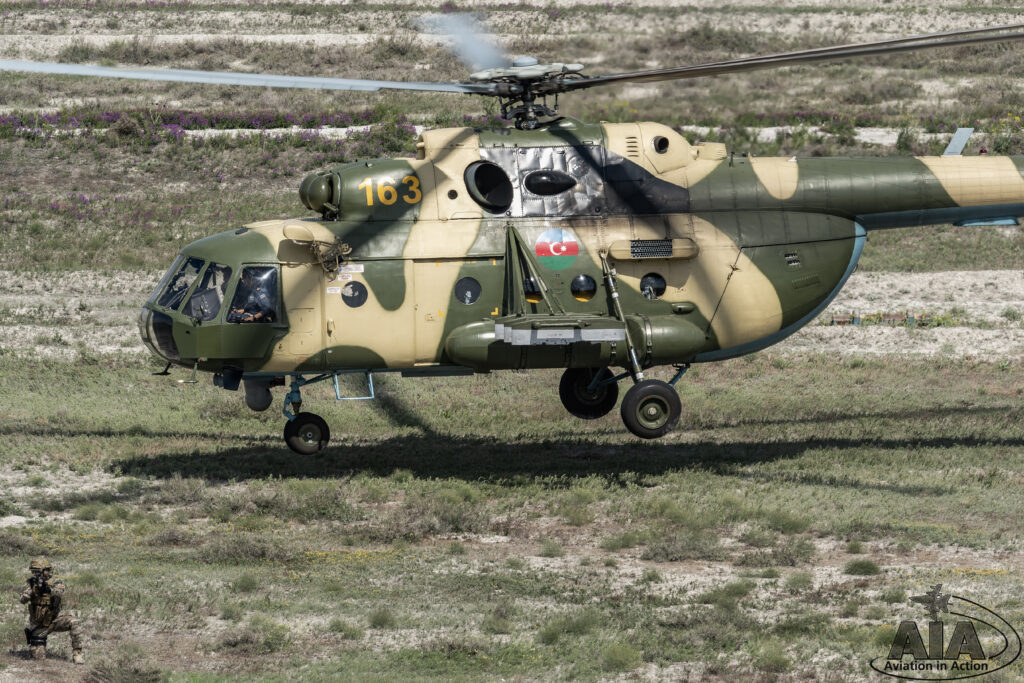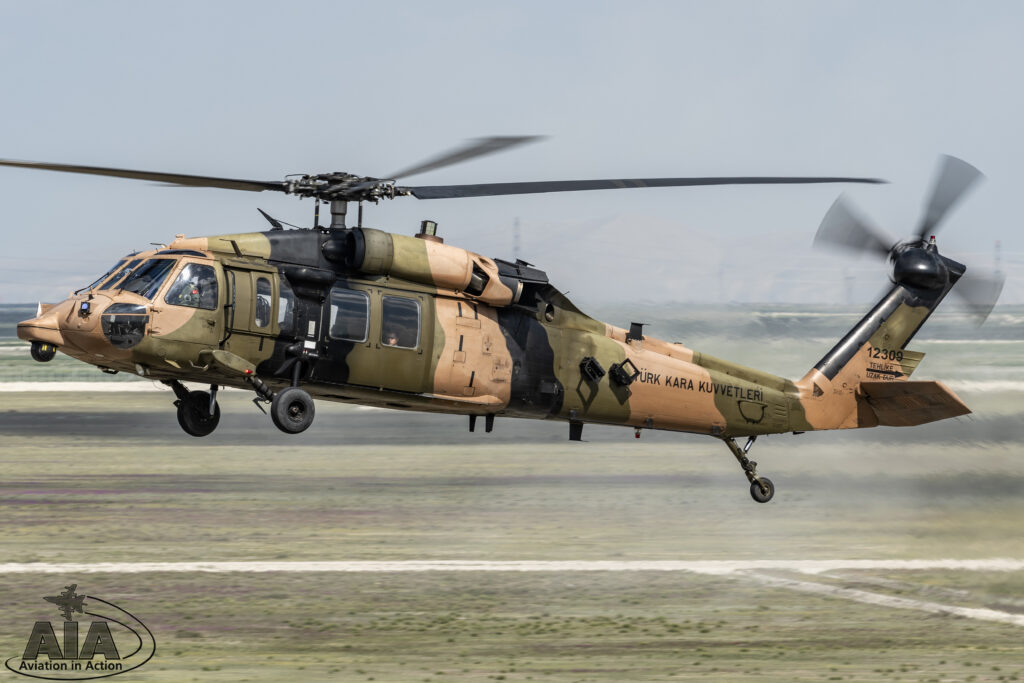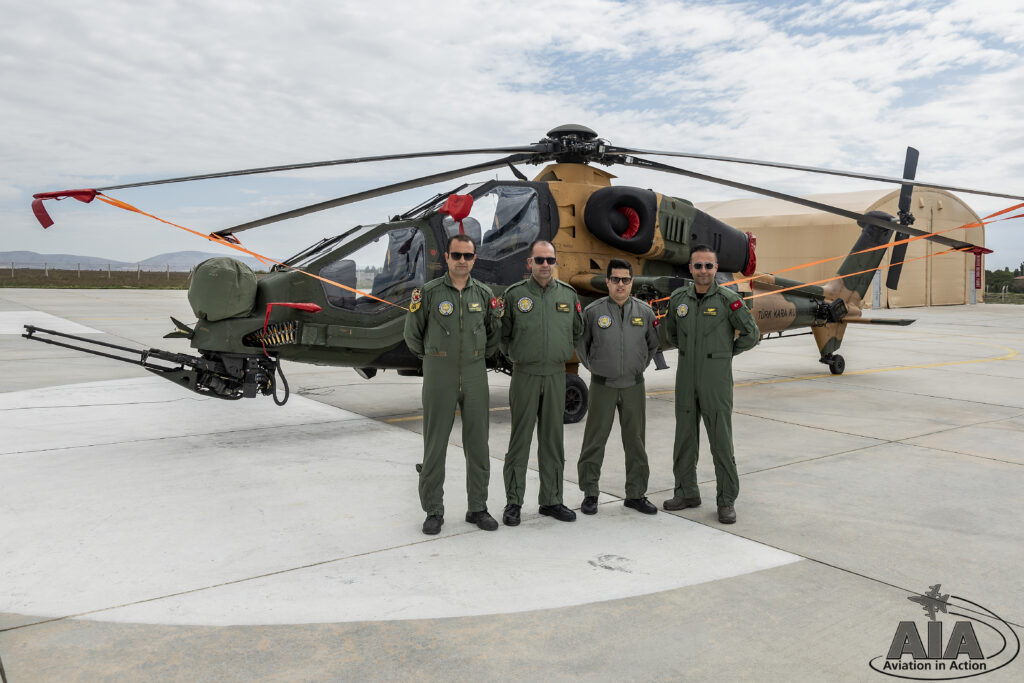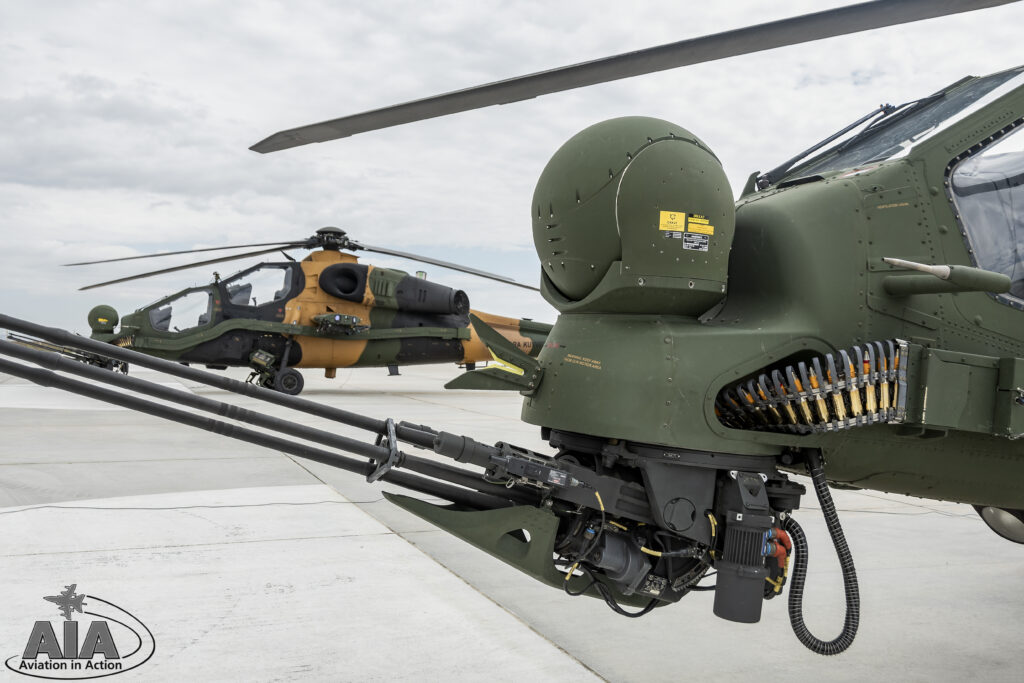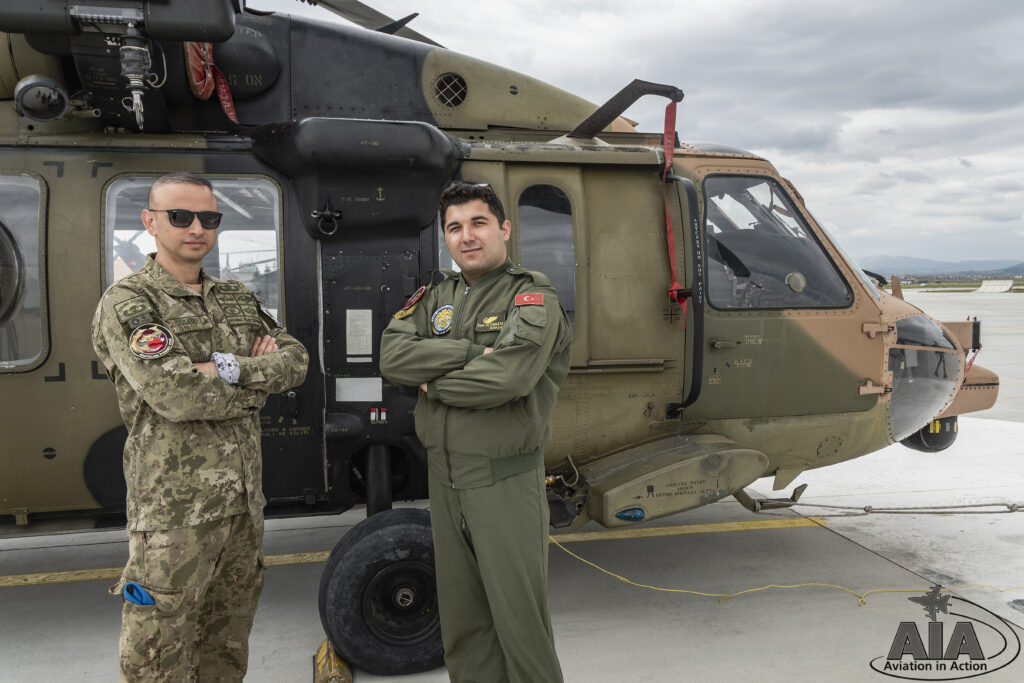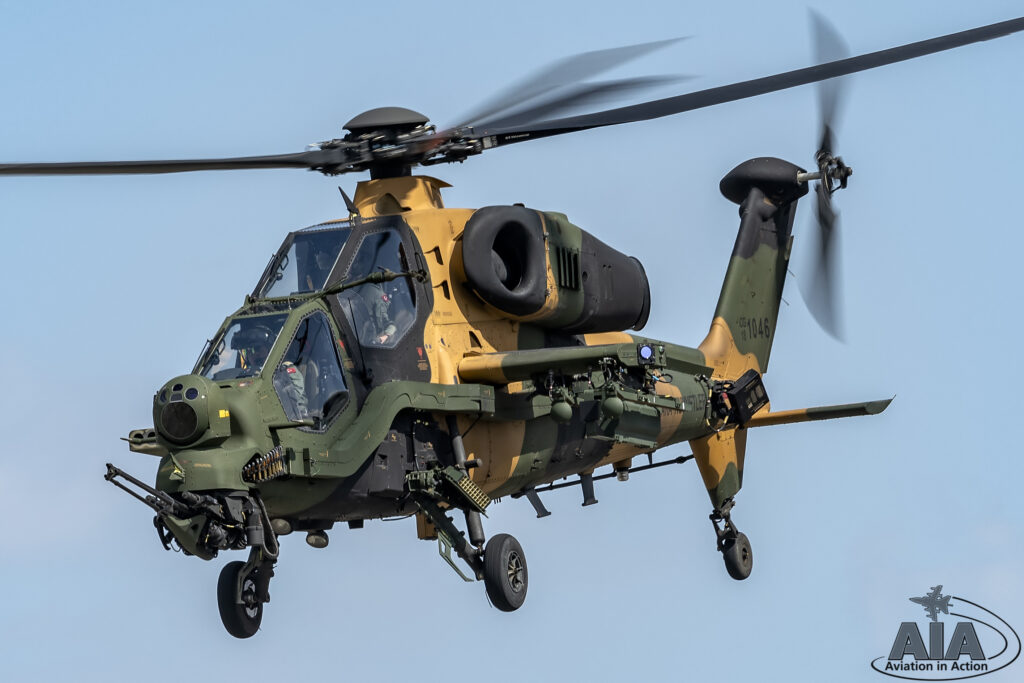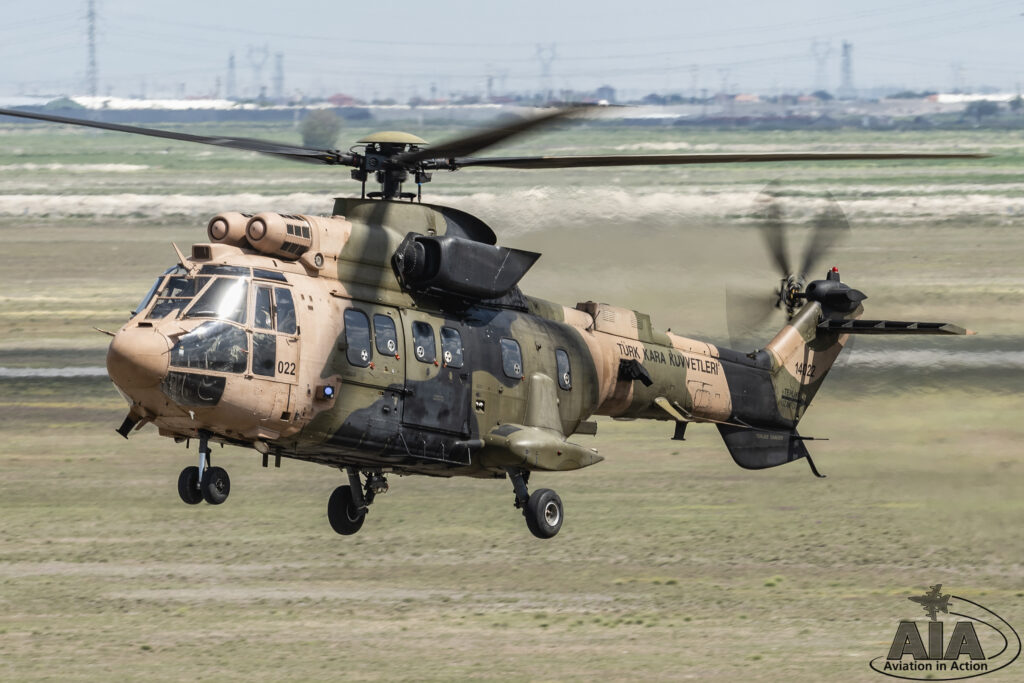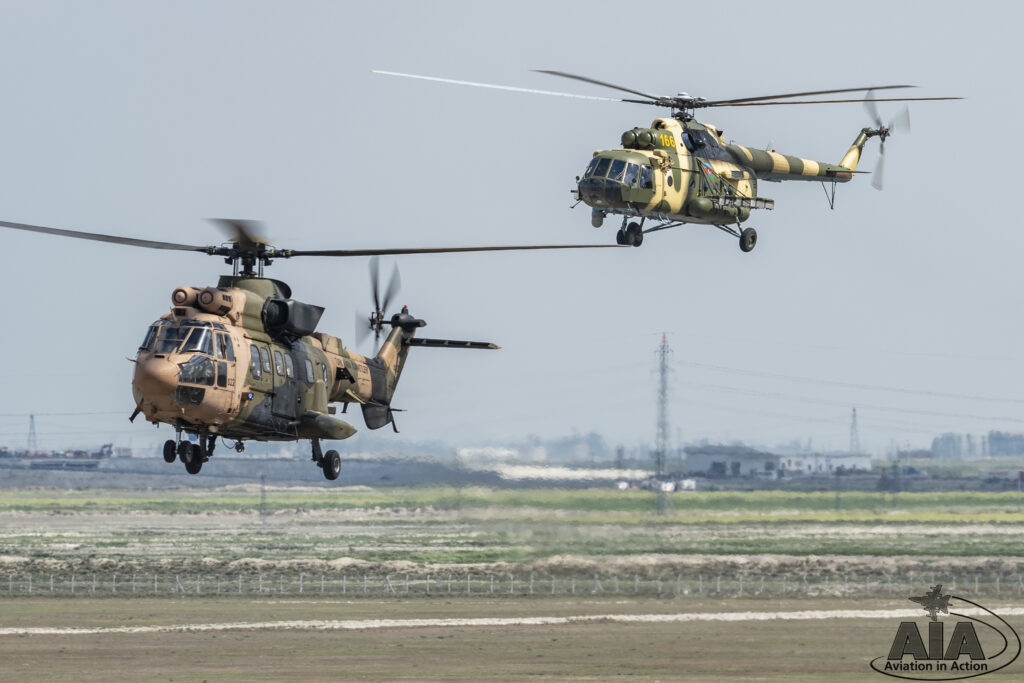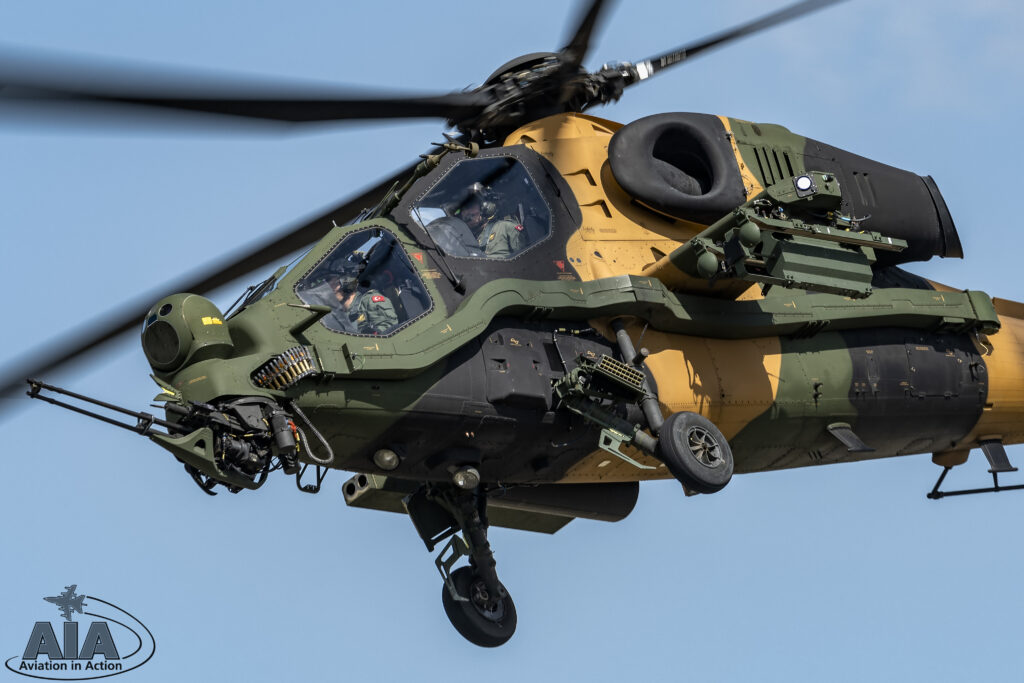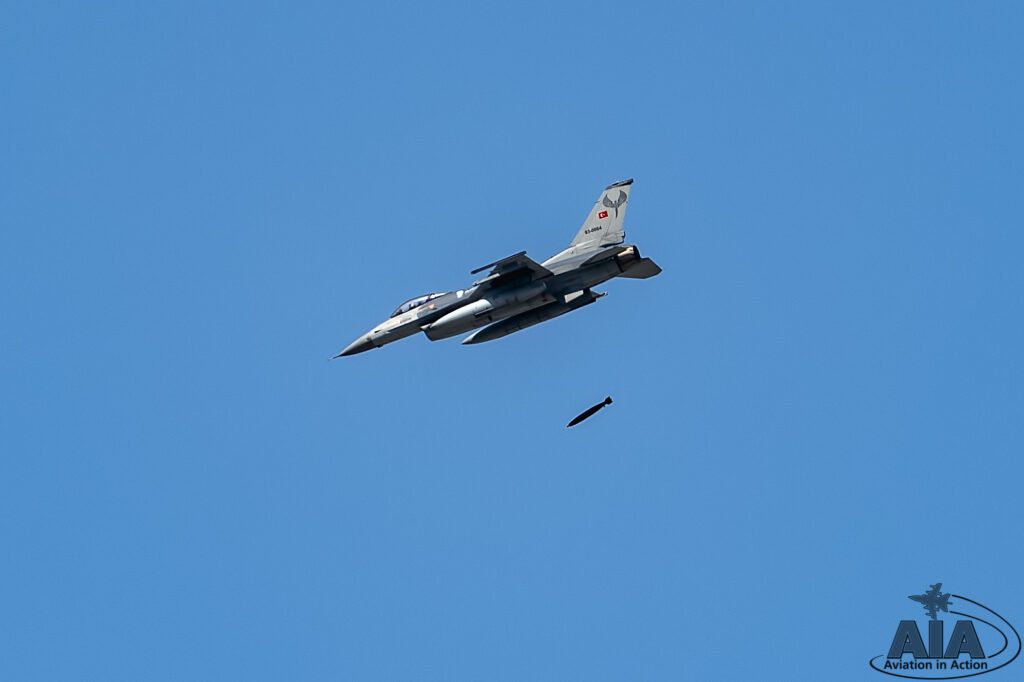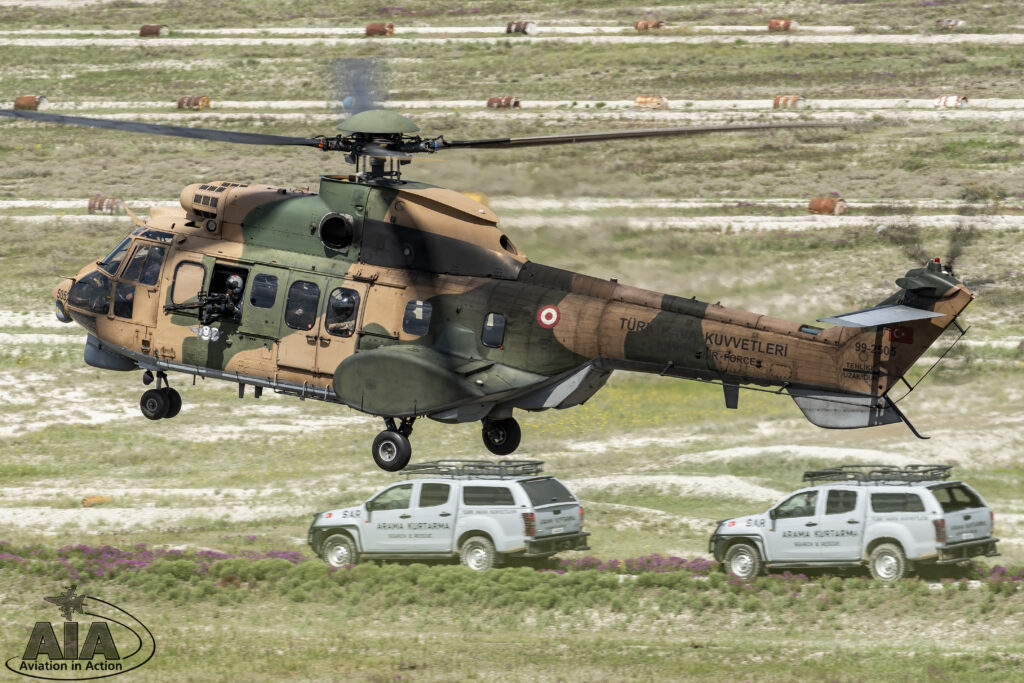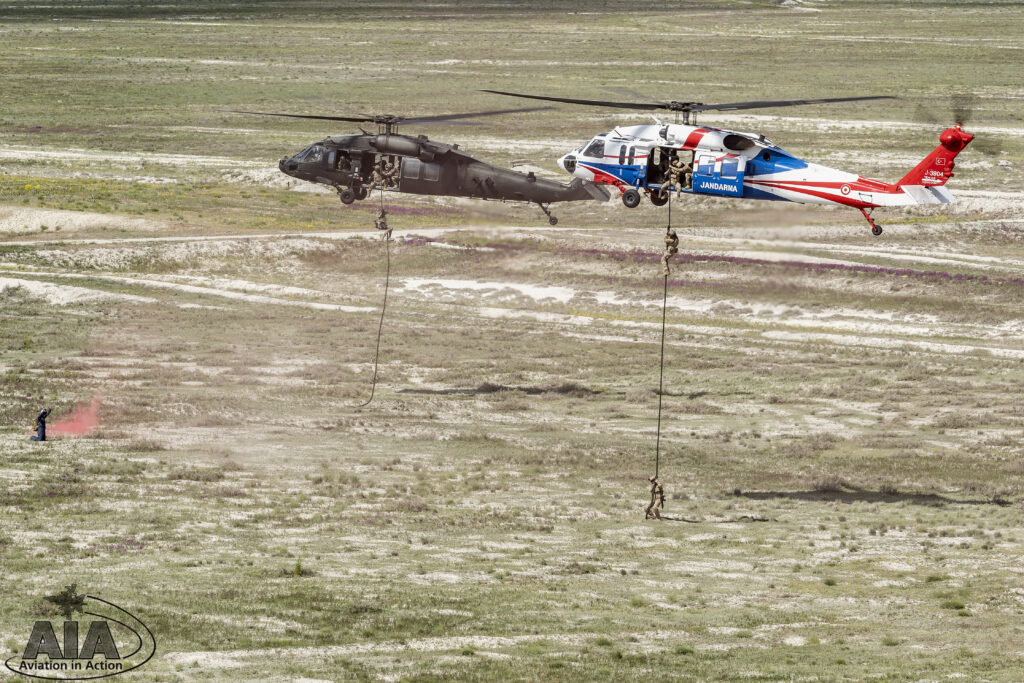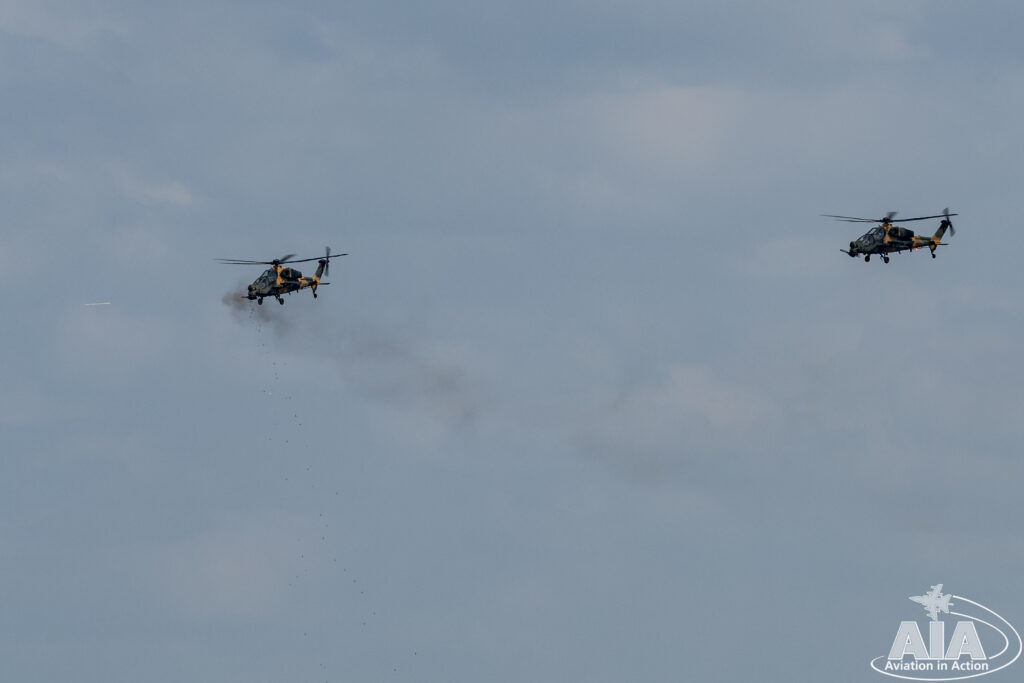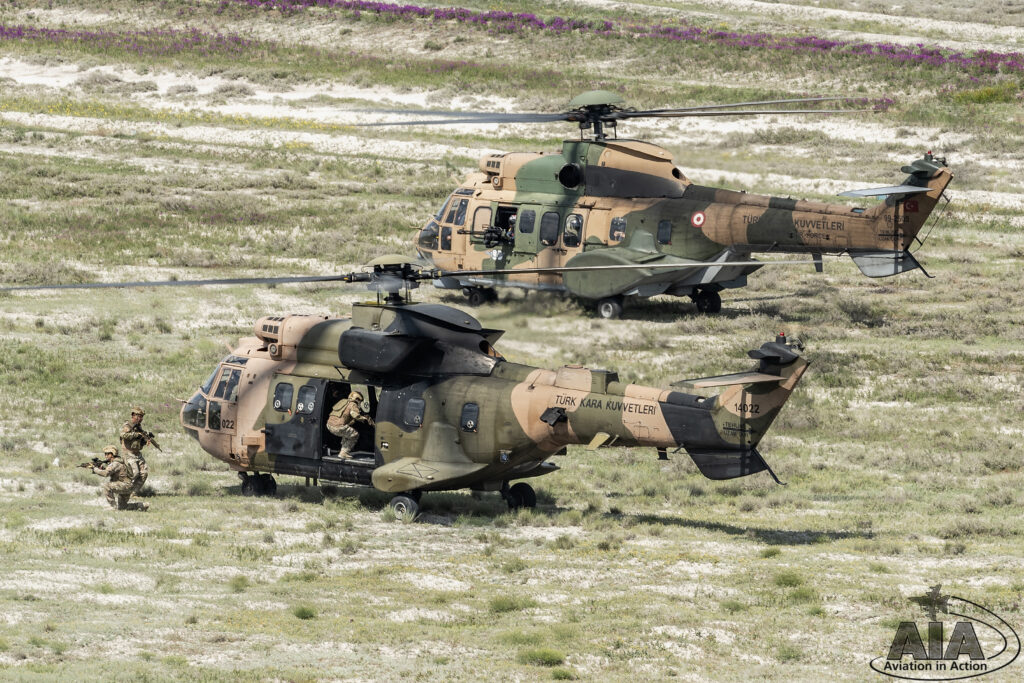
3rd Main Jet Base, Konya – Turkey

May 2022 saw the Türk Hava Kuvvetleri (Turkish Air Force) play host to the International Anatolian Phoenix exercise at the 3rd Main Jet Base in Konya, Central Turkey. With the objectives structured to train participants in Combat Search and Rescue (CSAR) operations, Aviation in Action were invited by the Turkish Air Force Public Affairs Office to attend during the Distinguished Visitors Day to understand what the exercise entails.
First established in 2008, Anatolian Phoenix has been staged twice a year at the 3rd Main Jet Base, Konya with the aim to improve and increase experience in CSAR operations that present themselves on the battlefield. Between 2008 to 2011 Anatolian Phoenix was solely a domestic affair, but from 2012 the organisers started to invite international participation. In all, 18 domestic exercises have played out with a further seven containing international attendance.
Anatolian Phoenix is conducted under the supervision of the Anatolian Eagle Training Centre (AKEM), a facility that was introduced at Konya back in 2001. This enables a wide array of opportunities to conduct operations in three large training areas controlled by AKEM; one to the East, one to the West and the last to the South of Konya.
The objectives of Anatolian Phoenix as outlined during the mission briefing are as follows:
• To perform possible Joint Task Force tasks within similar environments and realistic
scenarios
• To increase the interoperability and training levels of the elements participating in the
exercise
• To ensure the transfer of knowledge/experience between the elements of the Personnel
Recovery Task Force
• To operate the command-and-control process and test communication procedures
• Develop coordination methods for Joint Task Force components such as Command and
Control, Rescue Task Command, Personnel Rescue Air Patrol, Rescue Helicopter, Parachute
Jump, Advanced Air Control, and train participants in these areas
• To improve Combat Readiness
Maj. Çağrı Önalan, Project Officer for the 135th Personnel Rescue (PR) and Joint Terminal Attack Controller (JTAC) Squadron, relayed that the exercise exists to develop methods within a Joint Task Force (JTF) allowing interoperability between partners to share and exchange ideas leading to
improved combat readiness for all involved. To achieve this a number of tactical scenarios are developed and presented to the teams participating throughout the two-week period, at which point they’re given full authority to plan, brief and execute their response to solve problems each
specific scenario will pose. These types of scenarios could be anything from a downed aircraft resulting in pilots requiring airlifting from enemy territory, medical evacuation (MEDEVAC), terrorist activity, vehicle interdiction, high value targeting (HVT), convoy protection, mountain rescue and
sea/water-based rescue all of which require a number of military elements combining to form a well-planned and controlled response.
The methods that can be used to respond to these situations vary based on the mission, but Anatolian Phoenix will put personnel through a vast array of scenarios so they can train to be better prepared for real time operations. Assets such as command and control platforms are deployed to monitor the battlefield from afar and to direct elements to where they’re required. Close Air Support (CAS) is available through fighter aircraft and helicopter gunships to keep enemy fire at bay whilst rescue operations are conducted, directed by JTAC units on the ground. Special forces can be called upon to HALO jump or parachute onto target to set up defensive positions whilst other elements carry out rescue sorties. Also, CSAR teams can be airlifted to target then infiltrated via fast roping to secure the area and neutralise any threats before exfiltrating back onto the helicopter. All these different tactical approaches require a number of elements to come together to successfully carry out a rescue mission, that’s the aim Anatolian Phoenix looks to prepare for and improve upon.
Maj. Önalan further reinforced these objectives by stating ‘‘Anatolian Phoenix is a perfect opportunity to share ideas and experiences between different military assets. It provides the best platform to strengthen military relationships and improve interoperability within the different branches of the Turkish Armed Forces, as well as with the foreign participants”.
A total of 448 personnel, 15 dedicated teams and 21 aircraft operated from Konya to participate in
Anatolian Phoenix. This collection of military force was built up of the following:
• Azərbaycan hərbi hava qüvvələri (Azerbaijan Air Force)
2x Mil Mi-17s
2x CSAR Teams
• Siły Powietrzne (Polish Air Force)
1x CSAR Team
1x JTAC Team
3x Pilots
• Kuzey Kıbrıs Türk Cumhuriyeti (Turkish Republic of Northern Cyprus)
1x AS-532
1x CSAR Team
• Türk Kara Kuvvetleri (Turkish Land Force)
2x T-129 ATAKs
1x S-70
1x CSAR Team
• Türk Deniz Kuvvetleri (Turkish Naval Force)
1x CSAR Team
• Türk Hava Kuvvetleri (Turkish Air Force)
8x F-16s
1x E-7T Peace Eagle
1x CASA CN-235
2x AS-532s
1x ANKA-S UAV
4x CSAR Teams
2x JTAC Teams
• Özel Kuvvetler Komutanlığı (Turkish Special Forces Command)
1x S-70
1x CSAR Team
• Jandarma Genel Komutanlığı (Turkish Gendarmerie General Command)
1x S-70
1x CSAR Team
Along with those actively involved in the exercise, there were many observers present from various
nations. Those included Bulgaria, Burkina Faso, Chad, Libya, Lithuania, Northern Macedonia, Nigeria,
Oman, Senegal, South Africa and Uzbekistan.
On the 25th May, the Turkish Air Force hosted a Media Day giving press the opportunity to closely view what the exercise represented and to view participating assets. Upon arrival, press were directed onto Eagle Ramp to walk around the various aircraft whilst having the chance to speak with crew members about their experiences. Following this, a media briefing took place before all distinguished visitors were transferred across to the Konya Firing Range 45 minutes West of the base.
The demonstration began with two parachutists dropping from the ramp of a CN-235 simulating a shot down aircraft with pilots ejecting. This set up the first wave of helicopter activity requiring the extraction of downed pilots from enemy territory. As F-16s provided Close Air Support, two AS-532 Cougars (one from the Turkish Air Force and Turkish Republic of Northern Cyprus) and one Azeri Mil Mi-17 were able to quickly enter the battlefield, tactically insert a support team whilst the downed pilots were recovered. As the rescue formation departed the danger area, F-16s followed up by dropping two 500lb GBU-38 JDAM munitions as guided by a Turkish JTAC controller to neutralise any further enemy threats. The second scenario simulated the neutralisation of terrorist combatants and capturing a high value target. It began with F-16s dropping further munitions on enemy positions to pave way for incoming CSAR teams. Arriving after enemy threats were diminished were the Gendarmerie and Special Forces S-70s shadowed by the second Azeri Mil Mi-17. These progressed to fast rope teams onto the ground to capture high value targets before recovering back onto the helicopters and departing the
area.
Finally, the third scenario was designed to simulate a MEDEVAC operation with close air support. Arriving together were the Turkish Air Force AS-532 and Turkish Land Force S-70 directed by personnel on the ground. As these touched down, an enemy threat surfaced which was quickly dealt
with by the two T-129s providing CAS, they quickly utilised their 20mm cannons to wipe out the threat resulting in all aircraft departing successfully rescuing the medical patient.
Aviation in Action would like to extend our thanks to the Turkish Air Force Public Affairs Office for the invite to attend Anatolian Phoenix 2022. In particular the author would like to express his appreciation to the Command of the 3rd Main Jet Base at Konya for their hospitality, all crew and personnel involved in the press day and to CMSgt. Tevfik Cimen for their assistance in making this article possible.


